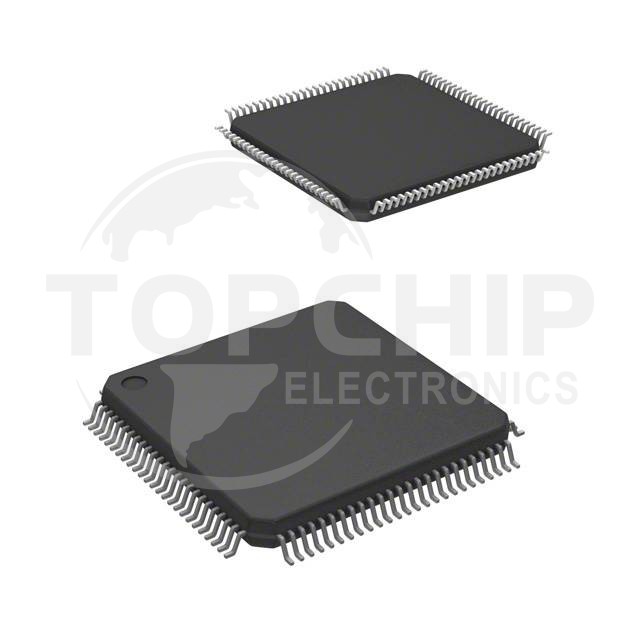I. Introduction
Driven by the development of modern science and technology, chip design has become a vital part of the electronics industry. After years of development and practice, the chip design process has gradually formed a relatively mature design process. This article will introduce the common design processes in chip design to help readers understand the basic process of chip design.

2. Demand analysis and planning
The first step in chip design is requirements analysis and planning. At this stage, the design team needs to communicate with the client or project leader to understand the needs and goals of the project. According to the needs, determine the functions, performance indicators, working conditions, etc. of the chip, and formulate corresponding design plans and schedules.
3. Architecture design
Based on the requirements analysis, the chip architecture design is carried out. Architectural design includes determining the overall structure of the chip, the division of functional modules, the connection methods between modules, etc. The design team needs to select an appropriate architectural solution based on project needs and technical requirements, and conduct preliminary function allocation and interface design.
4. Functional design and verification
After determining the overall architecture of the chip, the design team began functional design and verification. This stage mainly includes the detailed design of each functional module, circuit diagram design, logic simulation, functional verification and other work. The design team needs to use professional EDA tools to verify the design plan and ensure the correctness and stability of each functional module.
5. Circuit design and layout
After the functional design and verification are completed, the design team proceeds with circuit design and layout. This stage mainly includes circuit schematic design, circuit simulation, layout design, layout and routing, etc. The design team needs to consider factors such as circuit performance, power consumption, and layout area to optimize circuit design and ensure circuit reliability and stability.
6. Physical verification and simulation
After the circuit design and layout are completed, the design team performs physical verification and simulation. This stage mainly includes layout verification, timing simulation, power consumption simulation and other work. The design team needs to use professional simulation tools and experimental equipment to verify the physical characteristics of the chip to ensure that the chip's performance meets the design requirements.
7. Production and manufacturing
After the physical verification and simulation are completed, the design team begins manufacturing the chip. This stage mainly includes chip manufacturing process selection, mask design, mask production, wafer processing, packaging and testing, etc. The design team needs to cooperate with chip manufacturers to ensure the production quality and cost control of chips.
8. Testing and Verification
After the chip manufacturing is completed, the design team conducts chip testing and verification. This stage mainly includes functional testing, performance testing, reliability testing and other work. The design team needs to use professional testing equipment and methods to conduct comprehensive testing of the chip to ensure that the performance and reliability of the chip meet the design requirements.
9. Sample release and marketing
After testing and verification are completed, the design team releases chip samples and conducts market promotion. This stage mainly includes the release of chip samples, technical support, market promotion and other work. The design team needs to work with customers and partners to promote the application and promotion of chips in the market.
10. Summary
Chip design is a complex and delicate process that requires unremitting efforts and cooperation of the design team. Through the above design process, the design team can effectively complete the chip design task, bring excellent chip products to the market, and contribute to the development of the electronics industry.

